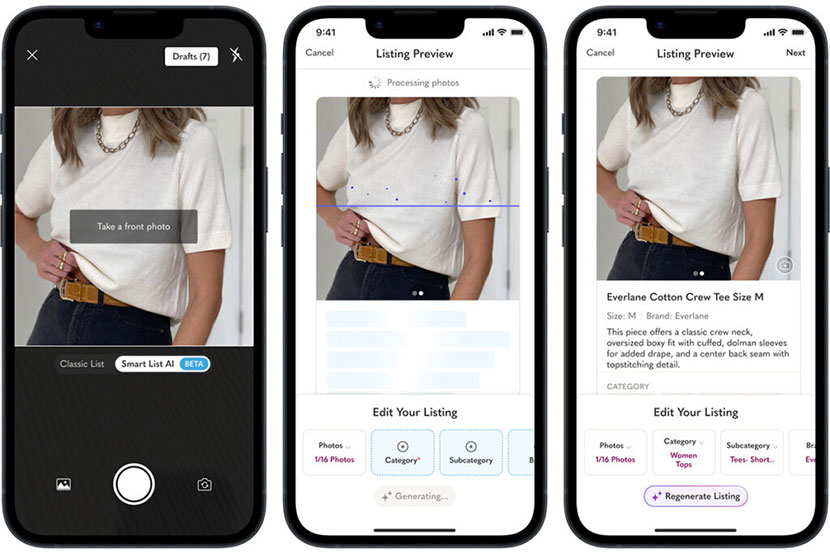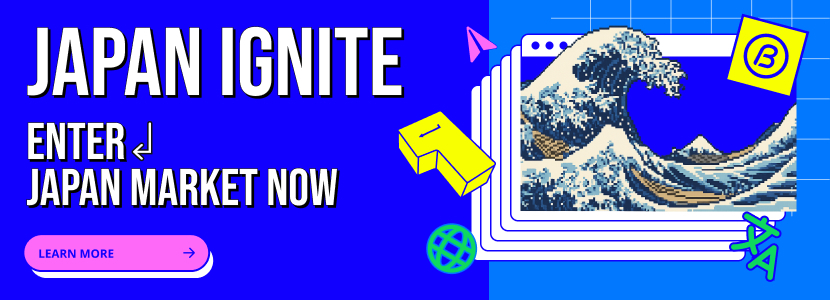
Btrax Design Company > Freshtrax > Degn in the AI ...
Design in the AI Era: Redefining Products and Brands
AI hasn’t just changed how design, business, and technology intersect, it’s completely transformed the landscape. Companies that don’t adapt their management approaches now risk getting left in the dust.
Now is the time to redesign how we think about products and brands, building on the design thinking and design ops foundations that still matter.
Reframing the Foundation of Design Ops for the AI Era
In recent years, the flow from design thinking to design ops has centered on two pillars: “creating products with high user value” and “building consistent brands.” These remain essential, but in the AI era, we must go a level deeper.
First: decision-making speed. Timelines have shifted from daily to minute-by-minute. Management that can’t adapt to this accelerated pace will find they are falling behind their more agile competitors.
Long dashes are tell tale signs of AI, even though they are great tools. So i’m extra careful.
Second: products are now living systems. They learn continuously from data. Beyond lean product design, AI-powered data collection and real-time experience improvement can deliver products that become “more comfortable the more you use them.”
Third: brands evolve in real time.They’re no longer just a series of campaigns, but operational systems that maintain consistent experiences across channels, tuned moment by moment.
Let’s break this down into practical changes happening right now.
AI-Powered Design – Three Major Changes
From conversations with San Francisco startup founders and my own experience, I see three clear shifts in how design and management are executed:
- AI-accelerated product creation: Elevating efficiency and quality by deeply integrating AI tools into production and operations.
- UX design with AI at the core: Creating experiences where AI integration feels natural from the ground up.
- Branding that speaks to humans and AI: Ensuring your brand is recognized, understood, and surfaced by AI engines—not just search algorithms.
1. AI-Accelerated Product Creation: Efficiency + Quality
Delegate repetitive, low-value tasks to AI so humans can focus on judgment, strategy, and final refinement. This not only shortens timelines but often improves output quality. Tools like ChatGPT for drafting and research are now everyday essentials.
The challenge? AI can do almost anything, which makes deciding what to delegate and what to protect as human work critical. Over-reliance without review leads to quality drops. Underuse wastes potential.
The best balance right now: let humans own the why, how, and what to prioritize, and have AI execute within those boundaries. Stories of “agentic AI” replacing entire teams make headlines, but the groundwork to get there is far from trivial.
2. UX Design with AI at the Core: Connected, Personalized, Effortless
YouTube queues videos you’ll love. Netflix predicts your next binge. Instagram fills your feed with exactly your interests. This is the magic of AI-powered personalization, and it’s now expected.
One example: Poshmark’s Smart List AI. Upload a photo, and the AI recognizes the item, generates a title, description, and attributes. What took 20 minutes now takes two, making casual sellers far more likely to list items.

Poshmark’s Smart List AI auto-writes listing details from a single photo
Once core flows connect to AI, friction drops, quality rises, and adoption accelerates. And this isn’t limited to digital products. Imagine a luxury hotel using AI to anticipate guest preferences: preferred bedsheet patterns, dietary needs, custom sightseeing routes. The result is a memorable, hyper-personalized experience that boosts loyalty and spend.
3. Branding That Speaks to Humans and AI
Frequent AI users will tell you: they’ve replaced search engines with tools like ChatGPT. The journey from “start with Google” to “start with AI” is well underway.
Searching for “best sushi in Ginza” via Google yields SEO-optimized sites, review aggregators, and ads. Asking AI produces a richer mix: curated lists, nuanced descriptions, price ranges, and even offline-sourced insights. It’s not just more data, it’s more context.
For brands, this changes the game. Traditional SEO battles are giving way to an AI-driven landscape where reputation, consistency, and the stories people tell about you matter as much as keywords. A brand today is not a set of slogans, instead it’s the operational system ensuring consistent, positive experiences across every touchpoint.
Design Management in the AI Era: The New Playbook
The AI revolution is already rewriting the rules in the Silicon Valley Area. For forward-looking leaders, it’s an unprecedented opportunity. For laggards, it’s an existential threat.
Even companies fluent in design thinking and design management must now update their playbook. Here’s what that means:
- Extensively utilize AI tools: Automate repetitive tasks so teams can focus on judgment, creativity, and innovation.
- Design UX with AI built in: Assume every product and service will integrate with AI—and design for it from day one.
- Build brands AI can understand: Go beyond SEO. Shape perception so both humans and AI engines recognize your value.
When these three elements work together, decision-making speeds up, experiences stay consistent, and performance metrics move in the right direction. The winners won’t be those chasing flashy AI experiments, they’ll be the ones quietly building operational strength.
At btrax, we’re rapidly developing AI-era design processes, UX/CX design, and comprehensive branding to help companies succeed in this evolving landscape.






